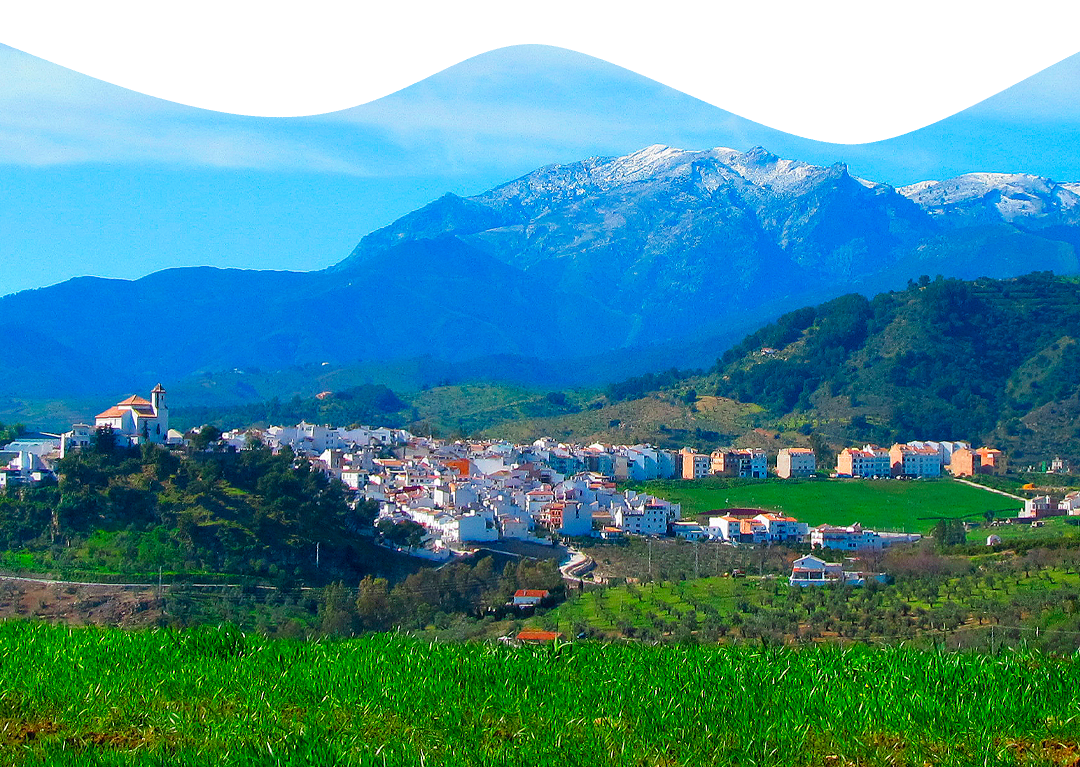


This parish was erected in 1505 and confirmed in 1510 as an annex to Casarabonela. However, the parish church built in the upper part of the town dates back to 1578. In 1605 it needed extensive restoration that affected the roofs, flooring, tower stairs and sacristy, finished in Francisco de Medina and carried out by the bricklayer Jerónimo Hernández, following the conditions of Pedro Díaz de Palacios, master of the Cathedral of Málaga.
Press play NOW

Click play NOW
The current Church was built in s. XVIII on the site of the old one and possibly taking advantage of it in part. It was made by Felipe Perez The younger, master of architecture, who built it between 1770 and 1774.
This temple has a Latin cross plan with a wooden roof even in the transept, and at its foot stands a small tribune on a lowered arch. In the angles formed by the arms of the transept with the nave, two square chapels covered with a groin vault are inserted, to which two polygonal dressing rooms open, with remains of plasterwork in one of them. Its head is reinforced with an exterior wall that surrounds it, leaving a small hallway between them.
The exterior is made of plastered masonry with a semicircular arch on its main doorway, between box pilasters supporting an entablature with a tile inscription that alludes to the reconquest of the town in 1484. The side doorway presents a simpler composition, with box bands.
The tiles of this inscription allude to its creation as a parish in 1622, sincebefore depended on Casarabonela. These inscriptions, as well as a large part of the Church, greatly accuse the restoration carried out in 1953, since at the end of the war it had been completely destroyed.
The tower rises next to the head, it is square, solid and without ornaments, except for the body of bells which is octagonal, with a pyramidal roof and opens its four largest sides with semicircular arches, the others being crossed by a thin open band. in its middle by an oculus, which arises at the base of a pedestal crowned by a pineapple that marks the transition from the square to the octagon.